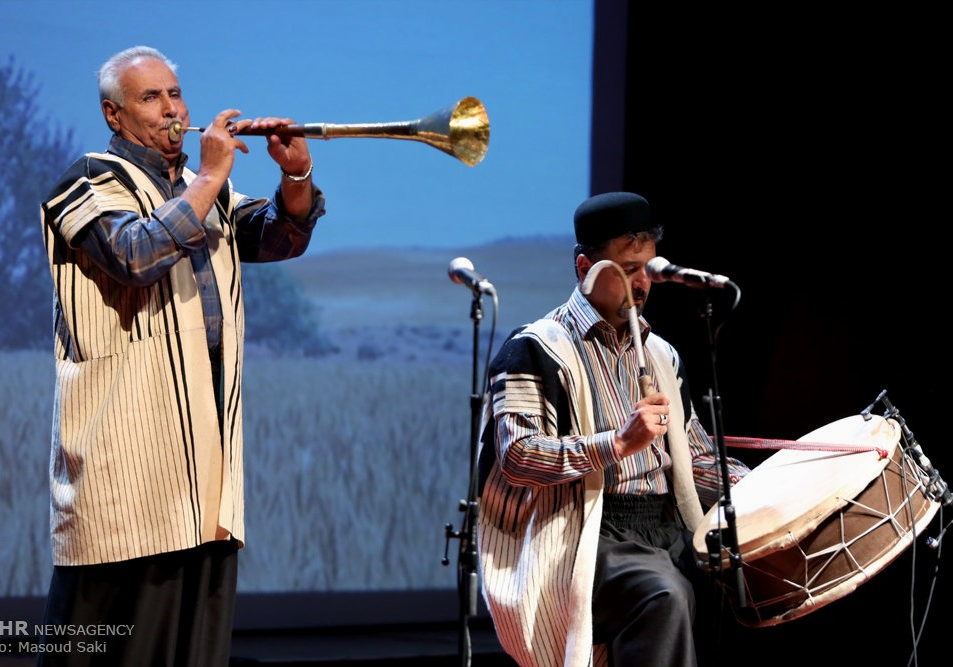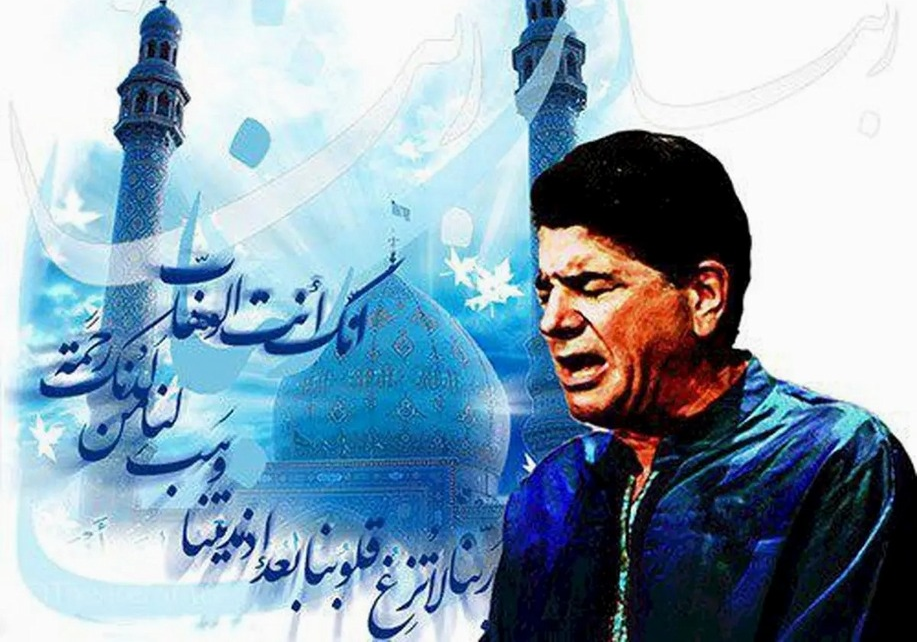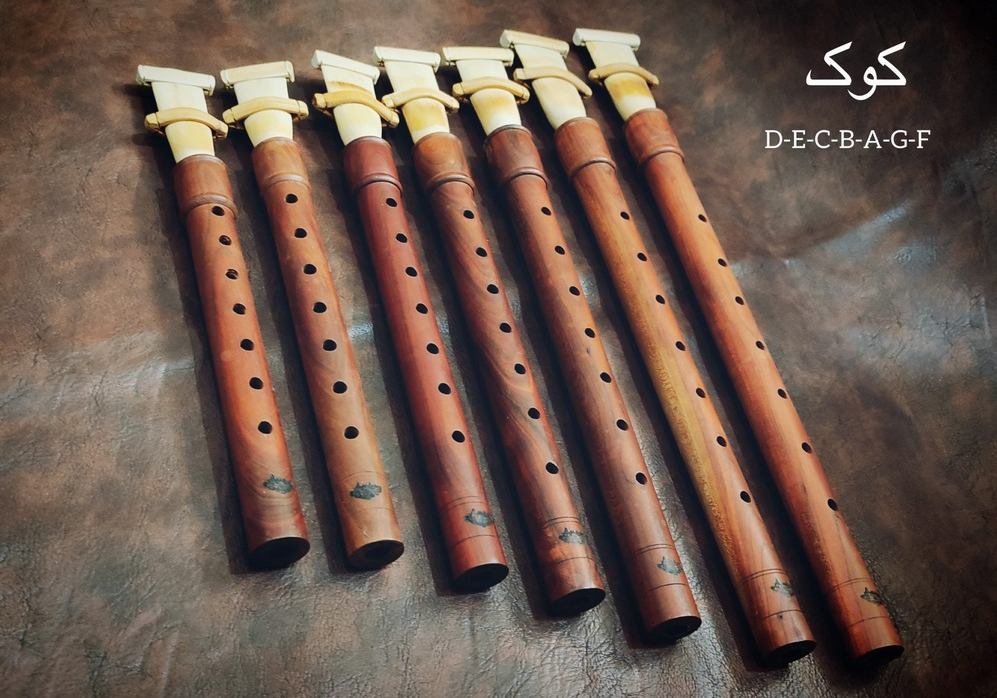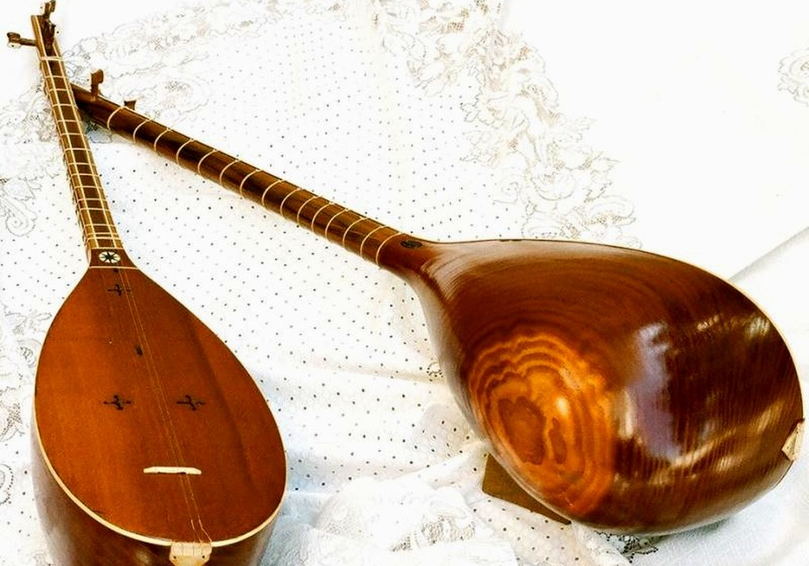
Robab
Robab
Music can be considered one of the most diverse cultural elements whose unique features make it known as a language that is universal. In the last few decades, modern culture and lifestyle have caused some traditional instruments and the way of making and playing them to become obsolete. Being a country of cultural and ethnic diversity, many types of music have been formed throughout the history of Iran, some of which are being forgotten and abandoned. “Robab” or “Rubab”, which is also called “Rebab” and “Rabab”, is one of the old Iranian musical instruments, which is currently almost abandoned and its players are very few except in the eastern parts of Iran, including Baluchistan and to some extent Sistan. Therefore, some researchers decided to study this instrument and the techniques of playing and making it and take some measures to preserve and revive it as far as possible.
Appearance and Technique of Playing Robab
The main body of the Robab consists of a “bowl” and a “chest”. This instrument also has a handle and a “head”. Robab is made of oak or blackberry wood. The bowl is covered with a membrane (of goat or deer skin) and the chest is covered with wood. There is a bridge on the main bowl to which the strings are connected. Robab has six strings, which are tuned in pairs. Today, the strings of Robab are made of nylon fibers, the bass string of which, like a guitar, has a metal coating.
It has been stated in some sources that Rabab was played with a bow in the past, but this instrument is not played in this way today. Of course, it seems that “Robab” was a common name used in historical sources to refer to a set of similar instruments. Even today this name is used - from North Africa to Southeast Asia - with different pronunciations to refer to certain instruments.
Nowadays, Robab is also seen in Afghanistan and Pakistan, but the songs that are performed with it are inspired by Indian music and are different from authentic Iranian maqams that are played by musicians in the east of Iran. These maqams are mostly oral, but recently efforts have been made to record them. Abolqasem Hosseininejad known as Mollaghasam, Amir Khosrow Sayyahani, Hossein Seyyedzadeh, Soleiman Seyyedzadeh, and Shirjan Hosseininejad are among the master musicians of Robab in eastern Iran.
Rabab In Ancient Iranian Literature
According to experts, Rabab is more than a thousand years old. Most likely, this instrument was first created in Khorasan, but today it is popular in eastern Iran, Afghanistan, and even Pakistan. In ancient Persian literature, “Robab” has been mentioned many times, but it is possible that the instrument known as “Robab” today has evolved over the past several centuries. It is said that Rumi, the great Iranian poet, was very fond of Robab, and for this reason, he mentioned this instrument many times in his poems. This interest caused his son, Sultan Valad, to write a long Masnavi-like poem in praise of Robab and dedicate it to his father.
At the suggestion of some musicians, the soprano Robab was made during the last couple of decades, which is smaller than the regular one, and the alto Robab. This proposal was based on the use of tar in Iranian music. Nowadays, musicians who have mastered playing the tar can also play the Robab.
The traditional skills and techniques of making and playing Robab - as an instrument of local and classical music of Iran - were inscribed on the list of Iran’s intangible national heritage in 2018. Its inscription on the UNESCO List was proposed in 2022 at the 17th meeting of UNESCO’s International Intangible Heritage Committee in Rabat, Morocco, but it was not approved and the re-examination of the case was postponed to the next meeting of this committee.
“Robab” or “Rubab”, which is also called “Rebab” and “Rabab”, is one of the old Iranian instruments, which is currently almost abandoned and its players are very few except in the eastern parts of Iran, including Baluchistan and to some extent Sistan.
| Name | Robab |
| Country | Iran |
| Type | String |
| Works | Traditional music |
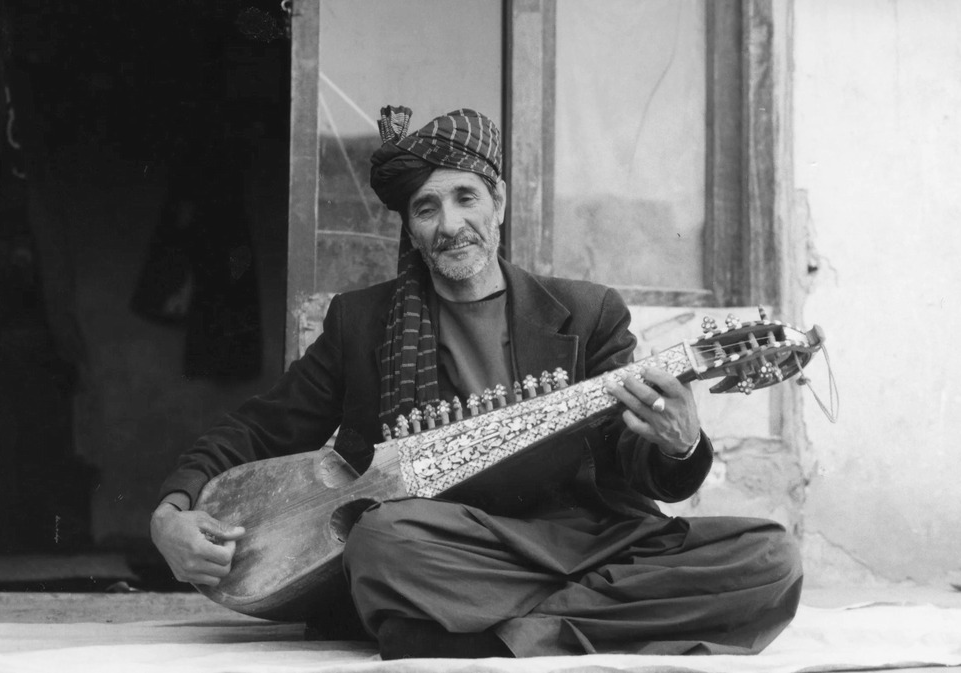
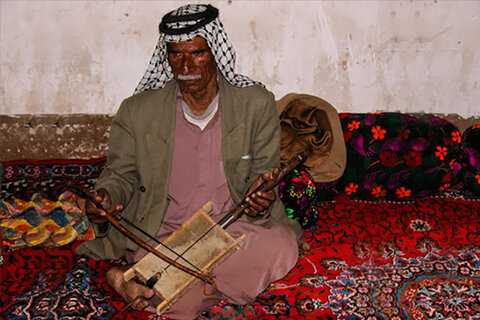
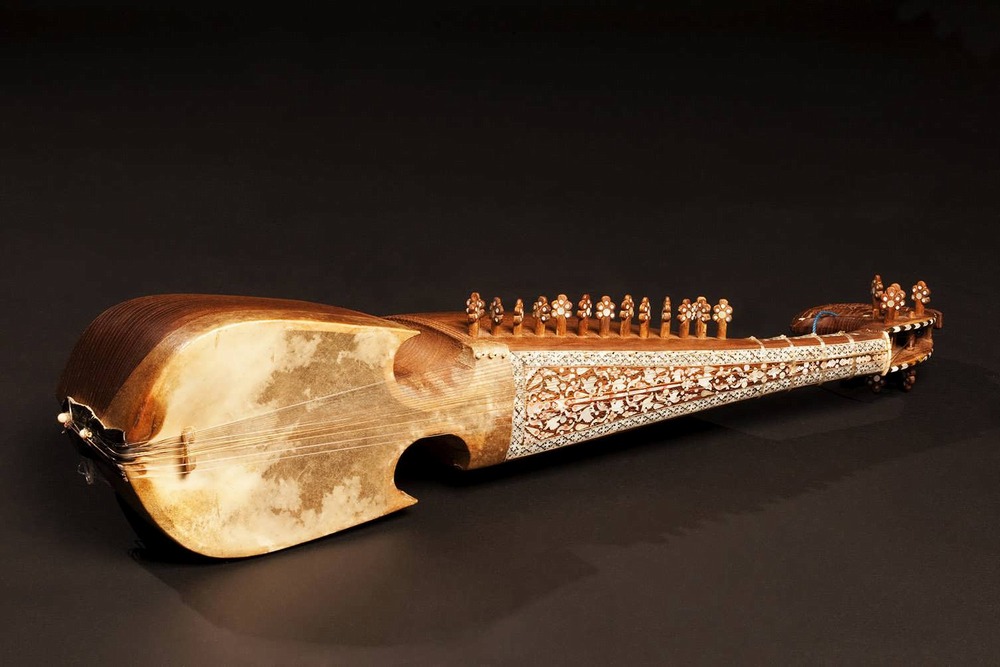
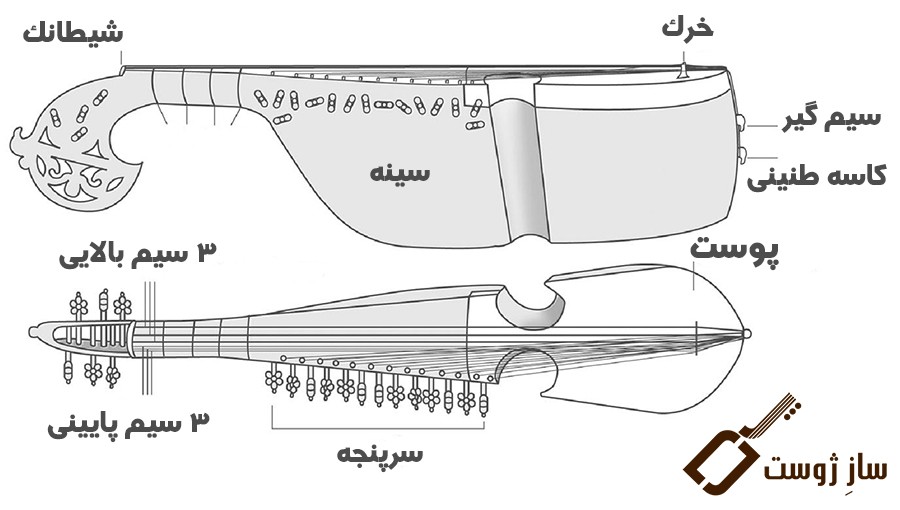




Choose blindless
Red blindless Green blindless Blue blindless Red hard to see Green hard to see Blue hard to see Monochrome Special MonochromeFont size change:
Change word spacing:
Change line height:
Change mouse type:

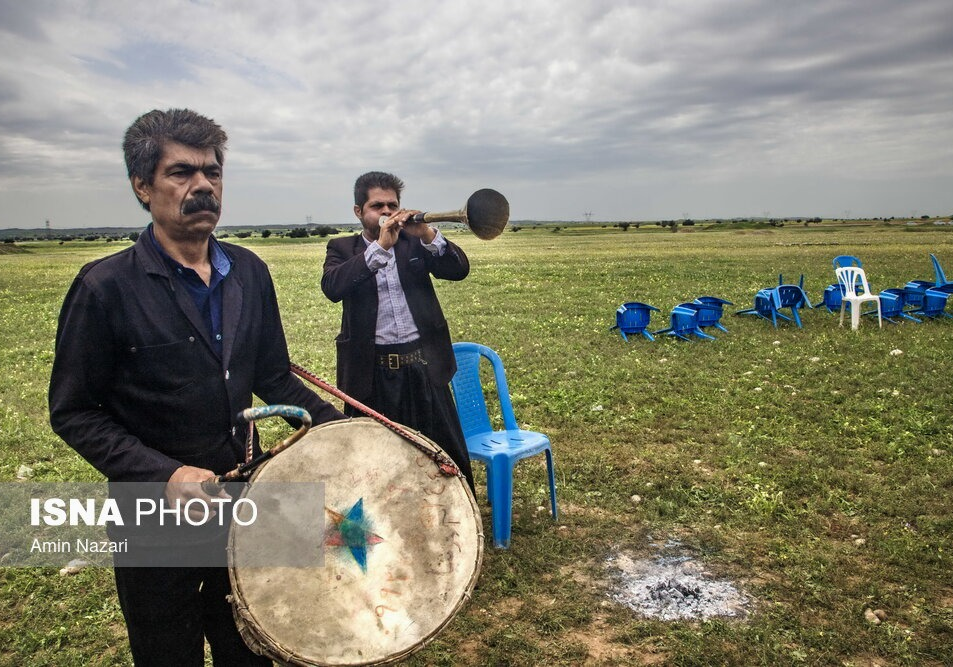
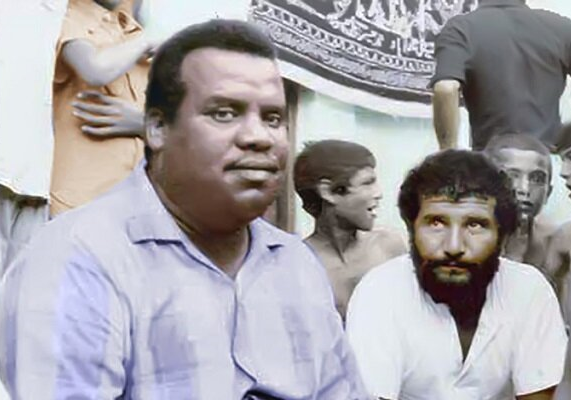
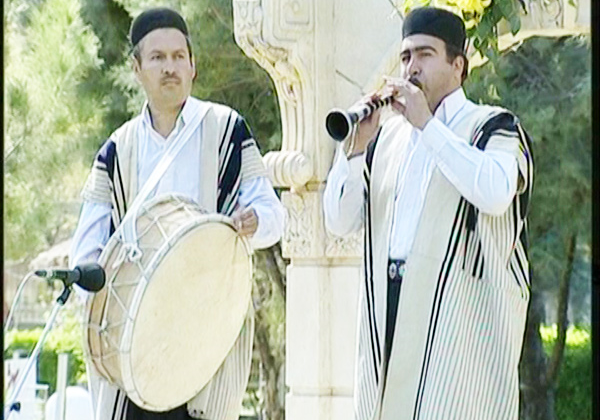

.jpg)


